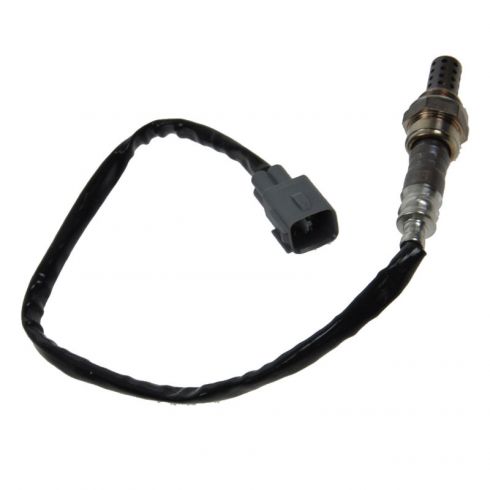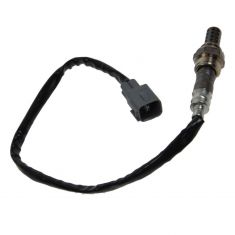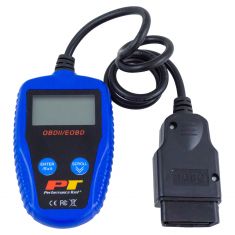WKEOS00034-Toyota Lexus O2 Oxygen Sensor Walker Products 250-24225

Replaces
2016 Lexus IS200t L4 2.0L Downstream Bank 1 Sensor 2 O2 Oxygen Sensor Walker Products 250-24225

Frequently bought together
Product Reviews
Loading reviews
5.00/ 5.0
1
1review
Good!
November 17, 2021
So far so good
Customer Q&A
No questions have been asked about this item.
Lexus is a registered trademark of Toyota Motor Corporation. 1A Auto is not affiliated with or sponsored by Lexus or Toyota Motor Corporation.
See all trademarks.












